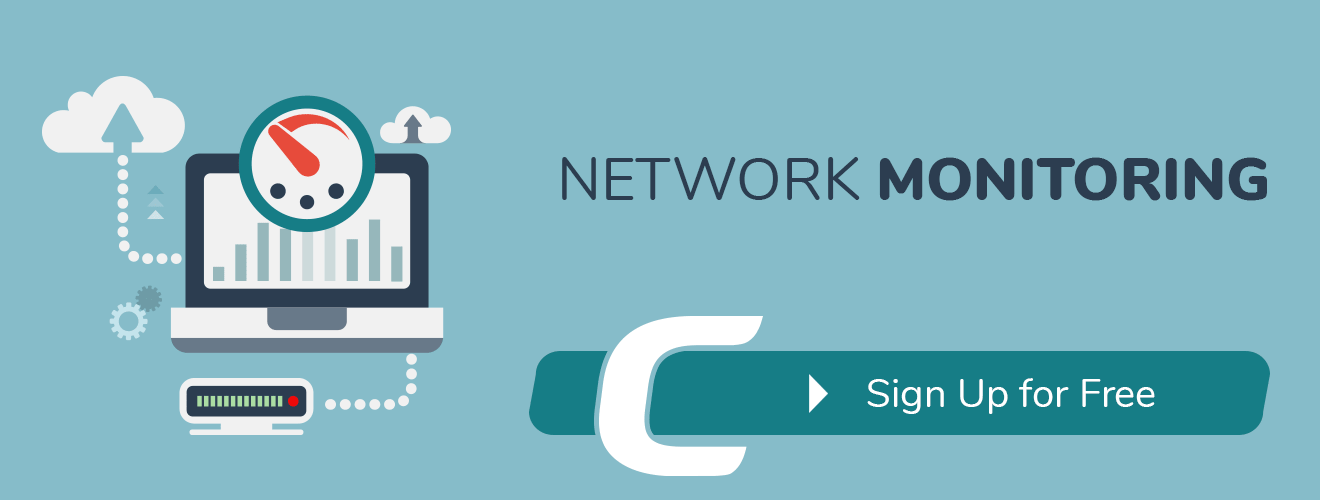It's 11 o'clock on a Monday morning. The office branch manager is in a fit of rage. He's been waiting for 2 hours for an important email, but he is not yet in receipt of the email. Again it looks like the mail server is misbehaving, and the delay in getting the mail will only prolong. The admin guy makes a quick analysis and confirms that no email is jammed in the email server. So what’s the exact problem?
The central mail server of the company is not responding to a ping, so that must be the problem. But, no the IT department has just confirmed that everything is perfect at their end, but they are not able to ping back to the node of the branch office. So it looks like there exists a problem with the network at the branch office.
In this scenario of network monitoring, one is tempted to ask "Are you managing the security and monitoring or are they managing you?"
Everyone would like to say - 'We are in control of our network", but unfortunately that is not the case here. When you sit down and conduct an audit to analyze your network vulnerabilities, misconfiguration and malware, you are likely to come across lots of shortcomings. After all your business and network is operating in a world that is constantly evolving, and cybercriminals are always on the lookout, they don't take breaks.
According to the EMA Network Management Megatrends 2016 Report, the average number of security and monitoring tools used by a “typical” enterprise (with 1,000 to 4,999 employees) ranges from 4 to 15 different. In 2014, the average enterprise used 3 to 10 different tools according to EMA. So in two years, there has been an increase of up to 30 percent in the number of tools used.
Management complexities and the lack of quality monitoring are some of the challenges that most IT departments face. Add to that the cost of operation and issues related to it. IT administrators agree that there are hundreds of tools for network monitoring, but unfortunately only 60 percent of those tools come any closer to monitoring works efficiently. The primary issue is about the problem related to data access and storage.
In a connected world getting access to monitoring data is very important. The more tools you have the more conflicts you witness with regards to data feeds. The number of monitoring tools has grown exponentially in the last decade. You have everything to monitor, to start with the security system, bandwidth, code management, server and the countless data points available to collect the data.
As said above, the operational cost is on the high. A survey conducted by EMA in 2016 indicated that most respondents are not able to keep up with the pace of the number of tools that are introduced in the market. The more the tools the more it needs maintenance; including patches, updates, configuring for monitoring data etc. This reduces productivity.
All the tools are standalone and it is unlikely that any one tool can cater to the needs of all to collect data. Subsequently, an organization combines all the tools with each tool providing different metrics, thus creating a massive monitoring system. With such a complex system, network monitoring becomes a tedious task, and it consumes valuable time of the IT pros, rather than providing them with easy and seamless monitoring data.
So what is ideal monitoring infrastructure?
A study shows that 45 percent of the IT pros spend more time trying to configure the monitoring tools. Interestingly 75 percent of the respondents think that they can achieve complete visibility, while only ⅓ are even remotely confident as to whether they can achieve it. So it is too early to say that you can get accurate data analytics.
At the end, the IT managers are forced to ask.
Why are you monitoring and for whom? Who needs the monitoring data. Find out in advance who is monitoring “customer.”
Finally, an organization needs to cater to the needs of the most valued audience to avoid redundancy and the need for multiple tools.

Benefits of Having Remote Monitoring Tools to your enterprise
How MSPs are benefitted using Remote Monitoring (RMM)
CLOUD BASED IT MANAGEMENT SOFTWARE FOR
MSPs and ENTERPRISE
Remote Monitoring and Management | Service Desk | Patch Management
Now Add Up To 50 Devices for Free
Add new comment